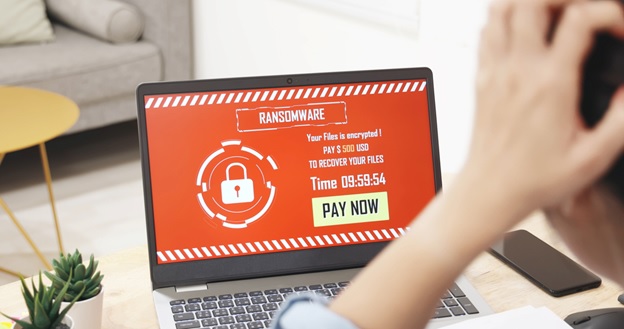Why You Shouldn’t Try to Fight Ransomware on Your Own
It is a nightmare for users everywhere — turning on a device and seeing a lock screen explaining that data has been encrypted and demanding a payment for the key. Ransomware is incredibly common, but it is nonetheless a severe threat to devices and data.
According to recent research, ransomware is the most widespread form of malware attack in the 21st century, affecting more than one-third of web users every year. Major ransomware attacks on organizations have resulted in losses in the tens of millions as businesses strive to get their networks operating as quickly as possible.
However, most security experts warn the average user to fight the temptation to combat ransomware alone in any way. Some ransomware is simple, but most ransomware is complex, and trying to circumvent the attack could result in an irreparable loss of device and data — or worse, it could result in more powerful ransomware attacks in the future. If you need more convincing that you need help in the war on ransomware, even when it comes to your own devices, read on.
What Could Happen if You Try to Resolve Your Ransomware Alone
Ransomware functions by locking down a user’s data, making it inaccessible in some way, and demanding payment for the data’s safe return. There are a couple different ways ransomware can accomplish this:
Hiding files. If you look at the properties of your typical digital file folder, you will find in the attributes a box that says “hidden.” Some ransomware selects this attribute on as many files as it can find. It can be possible for a user to manually locate and “unhide” their files, but this process is laborious, and it does nothing to eliminate the ransomware installed on the device.
Encrypting files. Encryption is the process of translating readable data into unreadable code. It is essentially impossible to access encrypted data without the right encryption key. So, when ransomware encrypts a device’s data, there is little a user can do to restore their files without professional help.
Deleting files. Some ransomware claims to have hidden or encrypted a user’s data when in reality it has simply deleted all the data it finds on a user’s device. When this happens, nothing short of a system restore will get a user their data back.
Unfortunately, some ransomware programs are equipped with tools to detect when users are trying to restore their files on their own. When this happens, the ransomware might take more drastic measures, like deleting files, erasing operating systems or even causing physical damage to the device.
Besides trying to restore files in spite of the ransomware, your other option for removing ransomware on your own is to pay the ransom — but this isn’t a good idea, either. For one, there is no guarantee that paying the ransom will return your data. More often than not, ransomware has no intention or ability to set your device straight after payment is received. Worse, some ransomware might pretend to disappear after ransom payment, only to reappear after a few weeks or months; this is because the ransomware has remained hidden somewhere on your machine, and the attacker will continue to extort you for ransom money until you effectively eliminate all traces of the malicious program.
Finally, paying ransomware ransoms helps fund cybercriminal activity. Every ransom that is paid is confirmation that this method of attack is worth the time and energy for cybercriminals, and the money is often channeled back into producing more and stronger ransomware attacks. Because you don’t want your hard-earned savings to be associated with cybercrime, you should avoid the temptation to pay the ransom.
What You Should Do Instead
The best and only true solution to ransomware is professional ransomware removal services. Ransomware tools developed by cybersecurity experts are able to identify the type of ransomware on your device and eliminate it while restoring as much of your data as possible.
Ultimately, the best way to survive a ransomware attack is to avoid contracting ransomware to begin with. Using antivirus tools, regularly backing up your data and practicing other cyber hygiene habits are the best ways to fight ransomware without risking your data.

